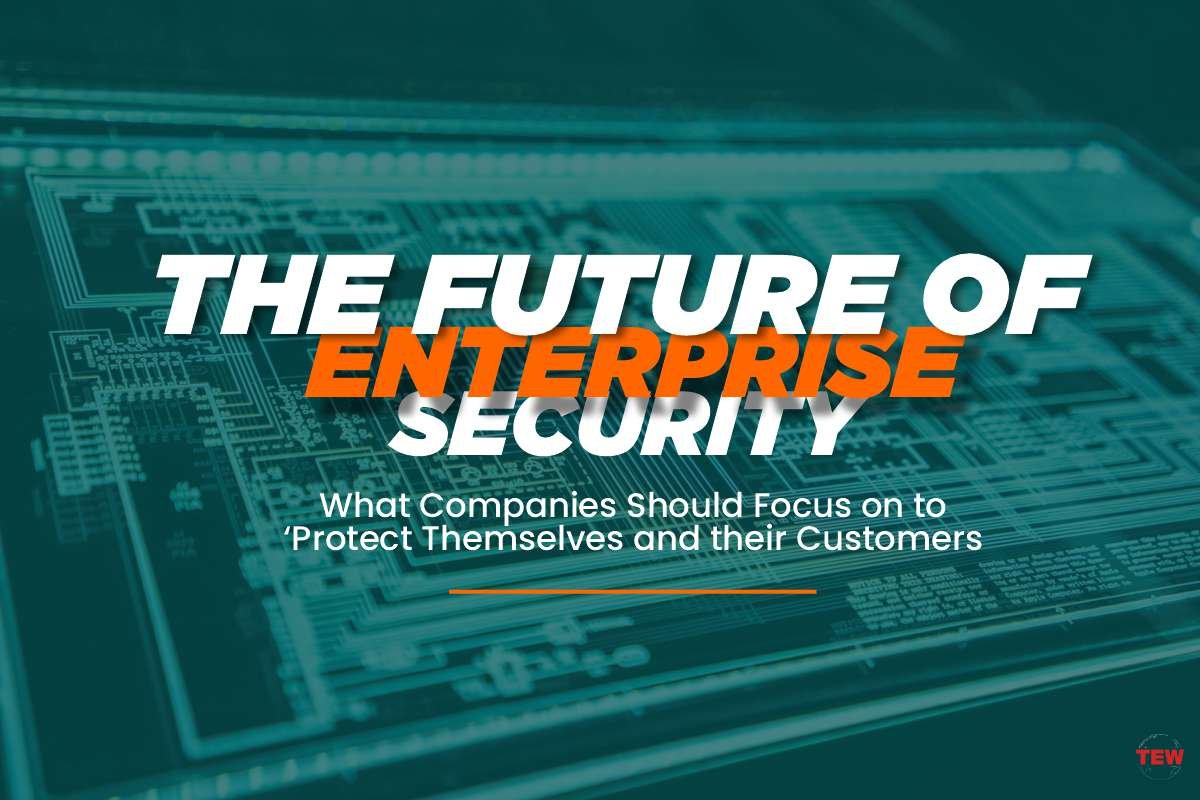Top 3 Tips for The Future of Enterprise Security
It’s no secret that not only are the threats to your company more numerous than ever before, but they are also becoming more sophisticated. You may have invested in expensive enterprise security solutions in the past only to see them rendered useless in a matter of weeks. The industry is at a crossroads. What do you need to be doing today to protect your customers and your business?
This blog post will explore what enterprises should focus on when it comes to enterprise security. It will also give you valuable tips on how to stay ahead of hackers by using advanced protection technology that can detect known and unknown vulnerabilities. We’ll discuss risks, prevention methods, and show you how to protect your customers with the best practices for today’s market.
The Evolution of Threats to Enterprise Networks
Company networks have faced an evolving threat landscape in recent years, alongside a rapidly-expanding list of threats.
The number of high-profile data breaches has grown significantly over the past few years. In 2016, the largest breach of data in history took place when hackers stole the records of almost 150 million Verizon customers. Earlier that same year, Equifax suffered a massive data breach affecting over 140 million people.
Many other companies have suffered cyberattacks and enterprise security breaches as well.
Even in the face of these breaches, there has only been a nominal increase in cybersecurity awareness. Worse, many companies don’t have effective systems or processes in place, such as a small and medium business password manager. A core issue is how rapidly the cybersecurity landscape changes, and how difficult it is for businesses to keep pace.
Every new trend, from the rise of the cloud to the decline of physical devices, prompts various enterprise security upgrades for organizations. The reality is that any enterprise should both be aware of the myriad threats that exist and also understand the mindset that is necessary to address them.
With that in mind, here are three major trends that have influenced the way we think about cybersecurity and the things that businesses should consider when it comes to safeguarding their customers and their businesses.
1. IoT Goes Mainstream
The Internet of Things — essentially a catch-all term for any Internet-connected device or appliance that wouldn’t ordinarily connect to a network — has seen explosive growth in recent years. IoT devices have become more commonplace than ever as we increasingly embed connectivity in everything from traffic lights to fridges and microwaves. This also means that devices in the business and consumer sectors are becoming increasingly sophisticated at collecting and sharing data.
On the one hand, this means that, armed with effective analytics, organizations can learn more about both themselves and their clientele than ever before. On the other hand, this means that even a small business may have to contend with an overwhelming threat surface, one in which anything could be an access point for a hacker. And yes, that includes the kitchen sink.
For example, AI-powered intelligent enterprise security systems can detect threats like malware and illegal software. They can also detect all the software on a device to determine if they have been infected or if they have been attacked.
2. Data is the New Oil
Success now hinges on data; availability, governance, orchestration, and analysis, for both the public and private sectors. This is especially true for the Fortune 1000.
Moreover, many organizations now rely on their ability to generate and manage data — it is the key to understanding customer behavior, predicting what to sell, and determining how to market against competitors.
It is impossible for any human being to effectively organize and evaluate the vast quantity of data generated by even a small or mid-sized business. Instead, the role of human actors in this new ecosystem is to ensure the data is available and accessible for analytics tools. With that accomplished, they can unlock insights about everything from product intelligence to flaws in their enterprise security posture.
Orchestration alone isn’t enough, either. Criminals are well aware of the value contained in corporate data. As such, in addition to availability, modern businesses must ensure all data is encrypted both at rest and in motion.
3. Machine Learning in Pentesting
Artificial intelligence and machine learning have some incredibly compelling applications in the cybersecurity sector, and penetration testing is arguably at the top of that list. Pentesting typically requires an immense amount of manual labor. Through machine learning, enterprise security professionals can augment their own expertise with tools that automatically probe for weaknesses, becoming progressively better at doing so through trial and error.
Unfortunately, pentesting isn’t the only application of this technology—it can just as easily be weaponized in the hands of cybercriminals.
Technologies that Will Shape the Future of Cybersecurity in 2022
Over the next few years, there will be several new technologies that will impact cybersecurity in ways neither seen nor predicted. From artificial intelligence to blockchain to IoT, the entire face of the enterprise security landscape is changing. And it will continue to change well into the future, evolving in ways we neither expected nor predicted.





